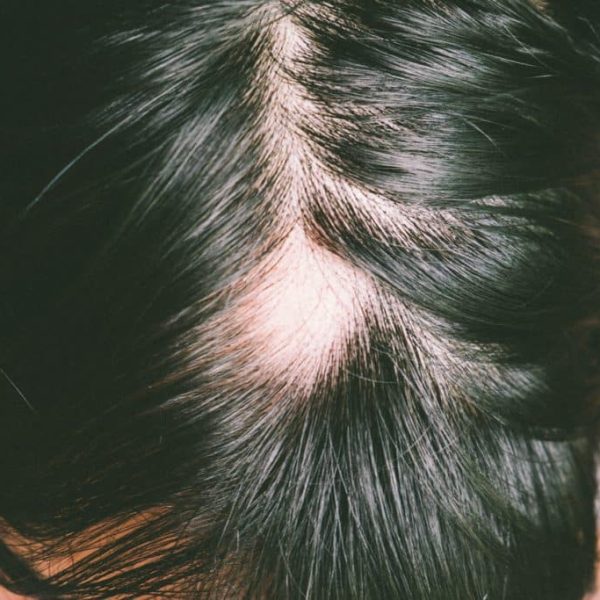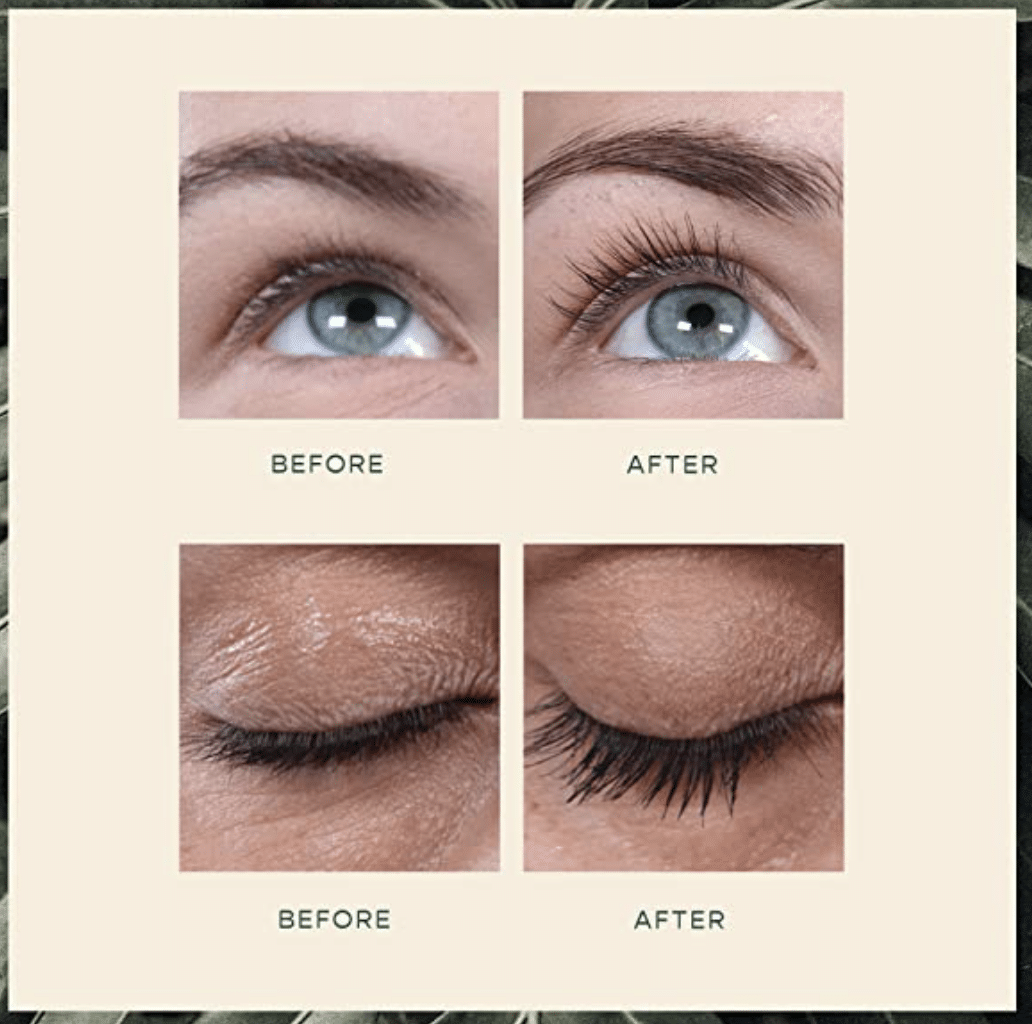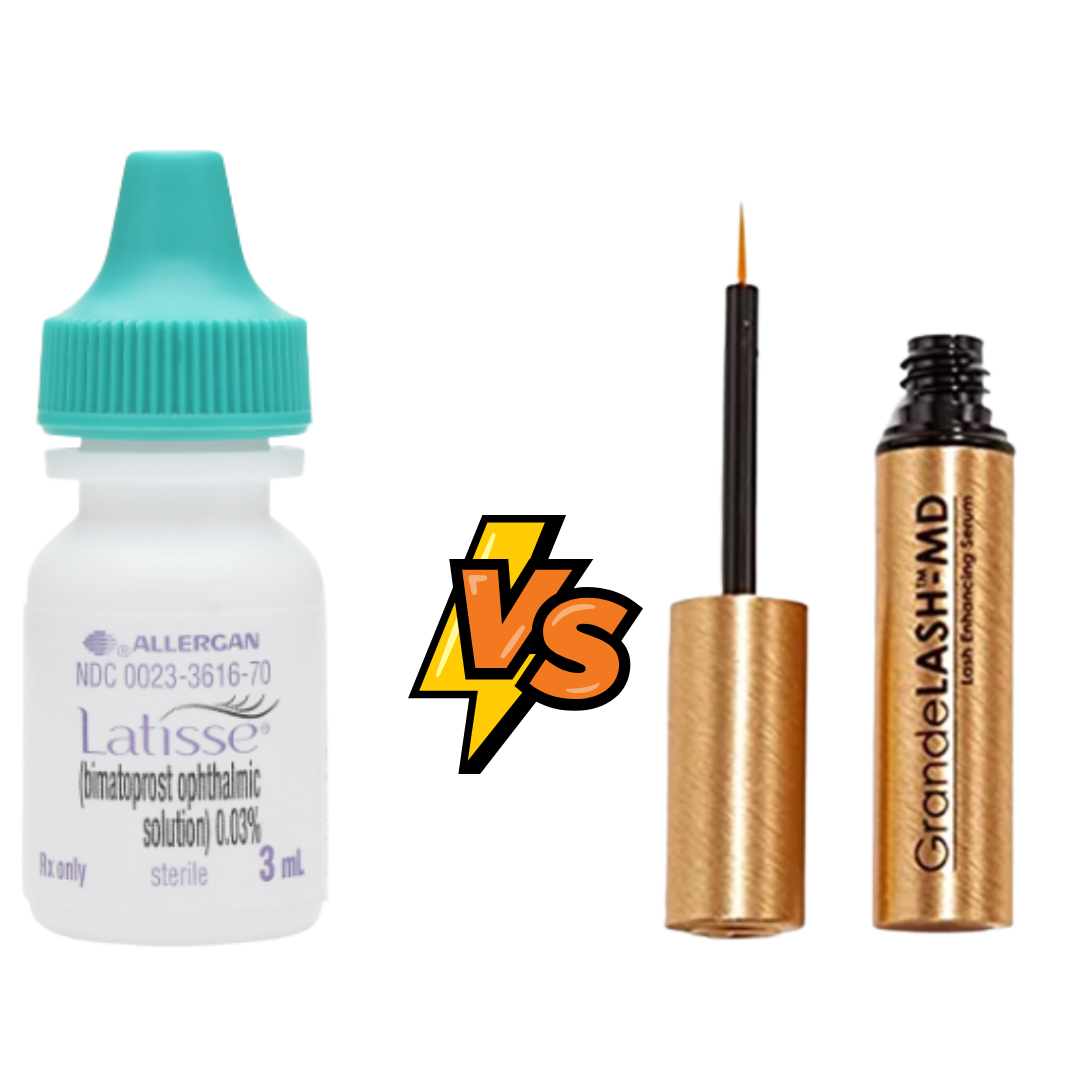Alopecia, derived from the Greek word Alopex meaning fox, is a general term used to describe thinning or hair loss. A seemingly appropriate correlation as foxes loses a great amount of fur during molting. For humans, thinning becomes visible once approximately 50% of hair in the affected area is lost.
Alopecia is classified according to the topographic distribution in localized Alopecia and diffuse Alopecia. Also, based on the reversibility of the process, Alopecia is distinguished in non-cicatricial Alopecia and cicatricial or scarring Alopecia. Patients must consult a dermatologist for proper identification of the specific disease and its cause.
Diffuse Alopecia – Telogen Effluvium
This term defines loss of hair during the Telogen phase, the hair’s resting phase. Subjects usually notice excessive loss when washing and brushing their hair. In most serious cases, the subject notices hair on their clothes, pillows, food, or study books.
Telogen Effluvium is easy to recognize because Telogen hairs have a proximal white tip (the root end) which is visible to the naked eye.
Telogen Effluvium is diagnosed by a variety of hair tests. Such tests may include the pull test, the trichogram, and the microscopic examination of the hair root confirming that is/was in the Telogen Phase.
In Telogen Effluvium hair loss occurs when the follicle ends its resting phase and starts to produce a new hair, which push out the old telogen hair. This usually happens 3 months after the triggering event. For this reason, itis sometimes difficult for the patient to correlate the hair loss to the actual cause, which that is never something that just happened. Generally, Telogen Effluvium is a “benign” disease that does not cause evident hair thinning as half of the hair should be lost for thinning to be visible.. On the contrary overall hair, the volume is commonly reduced.
There are two main types of Telogen Effluvium: Acute Telogen Effluvium and Chronic Telogen Effluvium.
Acute Telogen Effluvium
Acute Telogen Effluvium is usually the result of an acute event that the subject is able to remember precisely and that, as mentioned before, has occurred approximately 3 months before the start of the hair loss. Possible causes are countless and should be researched with a detailed medical history and blood tests.
The most frequent causes of Acute Telogen Effluvium are listed below:
- General illnesses
- Anemia
- High fever
- Viral infections
- Acute stress
- Thyroid disorders
- Diabetes mellitus
- Weight loss
- Anorexia & bulimia
- Vitamin D deficiency
Drug-induced Hair Loss
Many drugs may interfere with the normal hair growth cycle and induce hair loss. Diagnosis of drug-induced alopecia can be challenging and can only be proven by observing improvement after withdrawing the suspected drug. Fortunately, drug-induced hair loss is often reversible after the interruption of treatment.
The main types of hair loss resulting from drug exposure are Telogen Effluvium and Anagen Effluvium. Drug-induced Telogen Effluvium occurs 2 to 4 months after initiating treatment with the hair loss ranging from 150 to more than 300 strands shed daily. The scalp hair is often the main target and the hair density may be normal or reduced, depending on the percentage of follicles involved.
Drug-induced Anagen Effluvium is caused by cancer chemotherapy and begins within 7 to 10 days of drug administration, becoming more apparent with time. Hair loss is very severe, with patients potentially losing up to 1,000 strands daily. Most patients prefer to shave to avoid the stress of massive hair loss. Chemotherapy-induced alopecia is usually reversible and hair regrows normally after the treatment. Certain drugs may, can, however, rarely cause a permanent persistent The severity of chemotherapy-induced alopecia depends on the individual’s susceptibility to the type of drugs and their dosage taken.
Chronic Telogen Effluvium
Chronic Telogen Effluvium is a hair condition that occurs primarily in females. Subject experiences excessive hair loss, loss of volume, and thinning of the temples. Common complaints among subjects is a much thinner ponytail or reduced volume at the tips of the hair. These women tend to cut their hair frequently in order to create the illusion of fuller hair, or resort to wearing hair extensions for a similar effect.
Alopecia Areata
Alopecia Areata is a very frequent non-cicatricial alopecia. It is estimated that 2 out of 100 people will have an episode of Alopecia Areata during their lifetime. Alopecia Areata causes acute hair loss with the sudden development of round shaped bald patches. While the patches can affect any area of the body, but they are most frequently found on the scalp and beard.
Alopecia Areata rarely causes 100% loss of scalp hair (Alopecia Totalis) or, of all scalp and body hair (Alopecia Universalis). Albeit rarely, this disease can affect only the eyelashes or eyebrows. Alopecia Areata can occur at any age and is as common in children as it is in adults. There is also an inherited predisposition to the disease that often affects people in the same family. Overall, one in five people with the disease has a family member who has it as well.
While the cause of Alopecia Areata is unknown, the evidence is consistent with that of an autoimmune disease, to which both genetic predispositions and physical factors contribute. Triggering physical factors include bacterial or viral infections, medications, vaccinations, and psychological stress. These triggering factors cause the person’s own immune system to attack the hair follicles, which interrupt hair production with hair loss. The follicles, however, are never destroyed and regrowth is possible at any time, even in the most severe cases.






